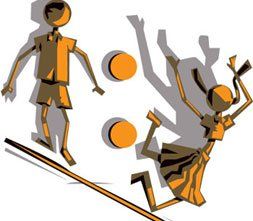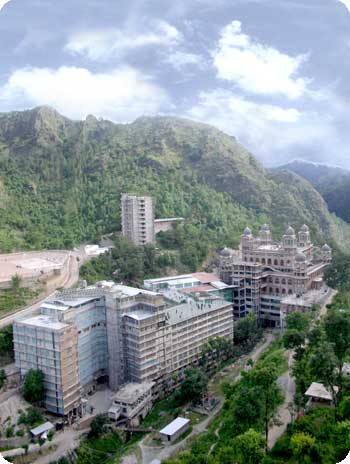Srinagar: Haryana has the lowest sex ratio in the zero to six age group in the country followed by Punjab and Jammu and Kashmir, a census department report released here today said.
Releasing the final census of India 2011 figures for the state, joint chief principal census officer C.S. Sapru said: “In the zero to six age group with 834 females per 1,000, males Haryana has the lowest sex ratio in the country followed by Punjab at 846 and J & K at 862.”
“Developed countries in Europe have maintained the overall sex ratio at 1,000 females per 1,000 males because of their development, education and planning,” Sapru said.
“In India, states with a better sex ratio in the zero to six age group are Tamil Nadu and Andhra Pradesh, both at 993.”
“The good news for J&K in this segment is that the Ladakh region, which has a 100 percent scheduled tribe population, has an encouraging sex ratio of 1,016 females for 1,000 males in the zero to six age group,” the census officer said.
He said that the census figures provide voluminous data on population that can be used for planning.
“The delimitation of constituencies for parliamentary and assembly elections is also based on the Census of India figures. We can compare the figures of 2001 and 2011 to see what progress we have made. The population of India today stands at 121 crore, which is second to China at 131 crore and larger than the US at 31 crore.
“Among Indian states, Uttar Pradesh has the highest population of 17 crore followed by Maharashtra at 11 crore and West Bengal at nine crore. J&K forms one percent of the country’s population at 1.25 crore,” Sapru said.
The census figures reveal that in 1961, the population growth rate was seven to nine percent in J&K, which rose to 29 percent in 2001, but has now come down to 24 percent.
“This is a welcome development. Anantnag district has the highest population growth rate at 38 percent followed by Ganderbal district at 36 percent.
“The population of the Kashmir Valley, as per census 2011, is 58 lakh, while the Jammu region is 53 lakh and the Ladakh region is 2.74 lakh.
“The state has 22 districts, 86 statutory towns, 36 census towns and 6,553 villages. While J&K has a 67 percent literacy rate (76 among males and 56 among females), Haryana’s rate is 75 percent (84 among males and 65 among females), Punjab’s is 75 percent (80 among males and 70 among females) and Chandigarh’s is 86 (90 among males and 81 among females).
The census officer said the variation in the figures released last year, which were based on manual totals and the final figures released today was just 0.06 percent.
– IANS
The opinions, beliefs and viewpoints expressed by authors, news service providers on this page do not necessarily reflect the opinions, beliefs and viewpoints of Hill Post. Any views or opinions are not intended to malign any religion, ethnic group, club, organization, company, or individual.
Hill Post makes no representations as to the accuracy or completeness of any information on this site page.



